Judging a Book by Its Cover
Tracing the form of Barthes’s Camera Lucida
Geoffrey Batchen
Among other things, Roland Barthes’s Camera Lucida, perhaps the most influential book ever written about the photographic experience, reminds its readers that the photograph offers us only a truth-to-presence—a certification of something’s past existence in space and time—rather than a truth-to-appearance. Photographs tell you that someone was once there, in front of the camera, but not necessarily how they looked. This distinction comes to mind when you compare Barthes’s original publication, issued in 1980 in France as La chambre claire: Note sur la photographie, with the many translated editions that have since appeared. Granted that translation is always a creative affair, there is still the question of what responsibility the copy owes its matrix, an appropriately photographic issue if ever there was one. In this case, it’s not so much a matter of insisting on fidelity to the original as remarking on differences and their effects, a theme that is again central to Barthes’s book.
La chambre claire was written as a consequence of a commission by Les Cahiers du cinéma for a contribution to their series of short books on cinema. Barthes began writing his manuscript on 15 April 1979 and completed it, as he tells us in a concluding note in the French edition, just forty-nine days later, on 3 June. The inference of such a note is that he wrote a section a day, or close to it, as the finished book comprises forty-eight distinct sections. The speed with which the book was written implies in turn an unrehearsed, almost conversational flow of thought, an idea further reiterated in his choice of subtitle, the self-consciously modest Note sur la photographie (a choice of words redolent of music, as if Barthes were offering us a concerto rather than an essay). However, it is likely that Barthes had for some time been preparing index cards or paper slips covered in notes to himself with this project in mind, as he had for previous books. Using these slips as prompts, Barthes’s habit was to write his manuscripts in blue ink, using a fountain pen, and then to type them up on his electric typewriter, revising the text as he went.
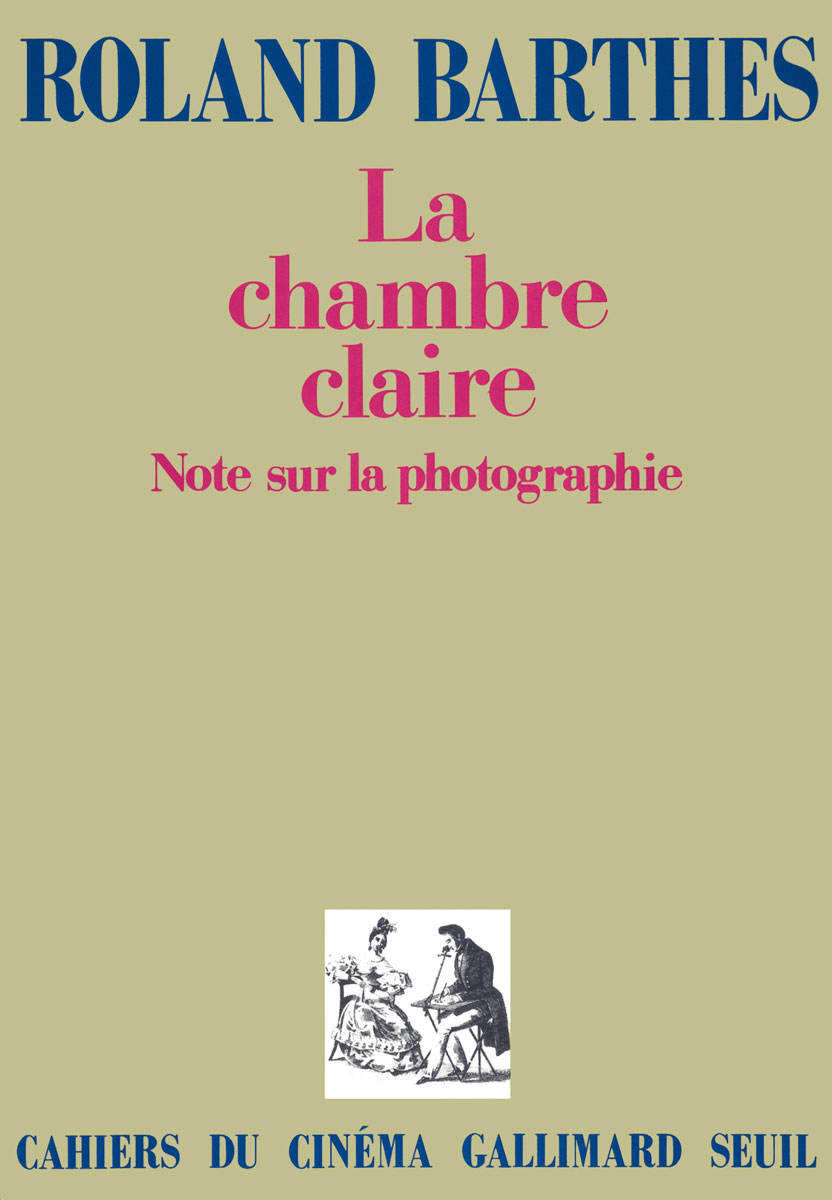
The index card had provided an organizing logic for previous books, such as A Lover’s Discourse and Roland Barthes by Roland Barthes, where each of their subsections is headed by a key word or phrase. La chambre claire’s forty-eight discrete sections are, in contrast, designated by a number in the body of the text, with added titles appearing only in the table of contents (which in the French edition comes at the back of the book). Although the sections vary in length, the book is divided into two equal parts, twenty-four sections in each, giving it the added gravitas of an internal symmetry. It’s an early sign that every aspect of this book has been carefully thought out and expertly calibrated. Indeed, it’s interesting to note that La chambre claire is actually structured like a photograph, with one half the inverse (or palinode) of the other, like a negative and its positive print.
The manuscript incorporated the diverse range of Barthes’s own reading, such that one finds, for example, references in the margins to the work of psychoanalyst Jacques Lacan and a book on Zen Buddhism on the same page. Other pages acknowledge the influence of Italo Calvino, Marcel Proust, Paul Valéry, and Jean-Paul Sartre (to whom the book is dedicated). As well as these authors, his bibliography, listed in the back of the book, includes philosophical works by Julia Kristeva, Jean-François Lyotard, Philippe Lacoue-Labarthe, and Edmund Husserl as well as books on photography by Raul Beceyro, Pierre Bourdieu, Susan Sontag, and Gisèle Freund. Barthes also indicates that he consulted the 1964 edition of Beaumont Newhall’s The History of Photography and several photographic issues of more recent French magazines. The most notable of these was the November 1977 issue of Le Nouvel Observateur, which contained, among other things, a French translation of Walter Benjamin’s 1931 essay “Little History of Photography” (which Barthes does not single out for acknowledgement in his bibliography).
Barthes may well have read the description of a camera lucida given by Newhall in The History of Photography; this, at any rate, is where he found the illustration of it being used that came to grace the cover of La chambre claire. The instrument consists of a three-sided glass prism suspended before the eye of the draftsman, such that a subject and the piece of paper beneath the prism meld together onto the back of the draftsman’s retina. Thus, the image produced by a camera lucida is seen only by the draftsman and by no one else, except in the form of a tracing. Here, then, was an apt metaphor for Barthes’s own text.
Barthes makes frequent references to particular photographs in his book but only twenty-four of these are illustrated. Reproduced in black and white, they were mostly drawn from sources close at hand, and particularly from that issue of Le Nouvel Observateur. Barthes first saw the Polaroid photograph by French photographer Daniel Boudinet that he chose as the frontispiece to his book when he attended an opening reception for a Boudinet exhibition on 25 April while in the midst of writing La chambre claire. Dated 1979 and simply titled Polaroïd, the monochrome blue-green photograph of a diaphanous curtain is the most recent, and only color, image to appear in the book. Printed on special glossy paper and surrounded with a line, it comes to us already framed, like an art work. However, Barthes never directly refers to it in his text.
Famously, Barthes also never reproduces the image that has the most profound effect on him, the so-called Winter Garden Photograph of his mother and uncle taken when they were children. This photograph is, he says, “at once evidential and exclamative; it bears the effigy to that crazy point where affect (love, compassion, grief, enthusiasm, desire) is a guarantee of Being. … It then approaches, to all intents, madness.” Photography, it seems, is both mad and tame, and Barthes’s language late in the book takes on an extra poetic resonance in order to convey its familiar strangeness to us: “a bizarre medium, a new form of hallucination: false on the level of perception, true on the level of time … a mad image, chafed by reality.” Mad or tame? The choice, Barthes says, is ours, depending on our willingness to either confront photography’s “intractable reality” or politely suppress it as a mere illusion.
In that spirit, La chambre claire concludes with an enigmatic quotation on its back cover taken from a 1976 book titled Practice of the Tibetan Way: “Marpa was very moved when his son was killed, and one of his disciples said: ‘You have always told us that all is illusion. Is it not so with the death of your son, is not that an illusion?’ And Marpa replied: ‘Indeed, but the death of my son is a super-illusion.’”
This, then, was the manuscript submitted to Cahiers du cinéma in June 1979, and subsequently co-published in France by Cahiers, Gallimard, and Editions du Seuil. By 25 January 1980, La chambre claire: Note sur la photographie was back from the printers, and Barthes was soon sending copies to friends, inscribed with suitable dedications. Tragically, on the afternoon of 25 February, after a lunch with politician François Mitterand in the company of a small group of other French intellectuals, Barthes was hit by a van while crossing the street on his way home. Although he survived the initial accident, his health gradually deteriorated while in the hospital and he died a month later, on 25 March, at the age of sixty-four.
By this stage in his career, Barthes’s work was eagerly read in the United States and Britain and a number of his previous books were available in English editions. Accordingly, an English translation of La chambre claire was already in the works by the time Barthes died. The American edition was translated by New York poet Richard Howard, a friend of the author’s who had performed the same service for a number of Barthes’s earlier books. Howard remembers receiving the proof sheets for La chambre claire before it had appeared in bookstores in France (perhaps, then, in January 1980) and began working on it almost immediately. He had found in the past that Barthes took relatively little interest in the creative decisions entailed in translation and was content to trust Howard’s judgment. This was also the case with La chambre claire, and Howard doesn’t recall Barthes making any corrections to his English version (Barthes had a basic reading ability in English, but little more than that). When necessary, Howard was able to consult Susan Sontag about any particular translation problems, although this manuscript contained no memorable ones.
It was Howard who decided on the English title—Camera Lucida: Reflections on Photography—with the change in subtitle driven by the translator’s desire to avoid the diminution of substance implied by the word note and by his thinking that the word reflections incorporated a suitably photographic metaphor. It was the publisher’s decision, however, to delete the brief citations Barthes had placed in the margins of his pages, bibliography, illustration list, and Tibetan quotation found in the French original, and to change the cover design (the engraving of a camera lucida in use was replaced by a sketch of a small camera on a tripod). The American edition, published by Hill and Wang, appeared in 1981.
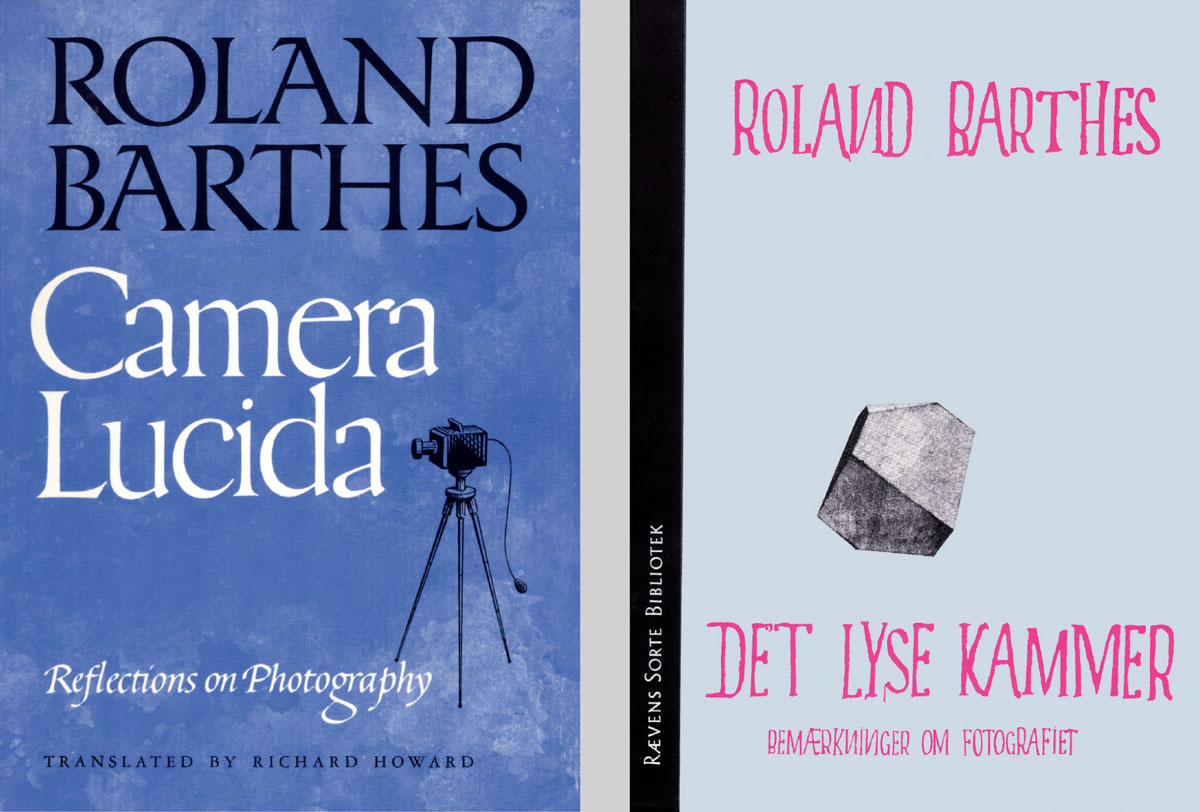
The deletion of the Tibetan quotation implies that it is of no great importance; certainly that it is not a part of Barthes’s original text. Many scholars have disagreed. But this relatively small intervention also points to greater liberties taken by the publishers of other editions. There are versions of La chambre claire now available in most languages, including Spanish, German, Italian, Portuguese (one from Brazil and another from Portugal), Turkish, Greek, Czech, Russian, Chinese (one published in Taiwan and another in China), Korean, Japanese, Danish, Swedish, and Norwegian, as well as English (one issued in the United States and one in Great Britain). There have also been two editions published in Iran in Farsi. These all vary considerably in their degrees of faithfulness to the layout of the French original. Like the American edition, a 1981 Portuguese translation deletes the Tibetan quotation, as do versions of the book issued in Italy, Brazil, Germany, Sweden, the Czech Republic, Korea, Denmark, Great Britain, and Norway, along with both Farsi editions. So much for Barthes’s Buddhism.
More surprising still is the elimination of the Boudinet image from a 1989 Spanish edition, as well as from the German, Czech, British, and one of the Farsi versions (several others save money by reproducing it only in black and white). In contrast, the latest Japanese edition from 2007 has the Boudinet image in color on its cover, as well as inside. A 2001 Norwegian edition reproduces Polaroïd in black and white inside the book, but has a color detail of the curtain as its cover image and a full, color reproduction of Polaroïd on its back cover. The Korean edition has deleted the image from the inside of the book, but reproduces it in color on the cover. The implication of all these deletions and variations is that this image and its placement are not that important to the purpose of Barthes’s book—that they, like the Tibetan quotation, are not part of the content.
As the scholar of French literature Diana Knight has explained, the Boudinet image was lifted from a larger sequence, titled Fragments of a Labyrinth, that the artist shot in his own apartment between dusk and dawn and using only available light. As a consequence, there’s not much to see. We can make out the edge of a bed or couch, with a pillow resting on it, but most of the picture is taken up with a diaphanous drawn curtain that overlaps in the center, obscuring our vision of what lies beyond. It parts a little as it touches the bed, allowing a flash of illumination. This, it seems, is a place for contemplation, rest, and sleep, and perhaps also for sex (the curtains are drawn, after all). As the first image you see in Camera Lucida, it creates a melancholy mood, setting a tone for the text that is to follow. But its potential significance goes further than that.
According to Knight, “Boudinet’s dawn polaroid is certainly an integral part of Barthes’s symbolic narrative of refinding his mother in the literal chambre claire of the glass conservatory.” Barthes even refers to the “blue-green of her pupils” when speaking of his mother’s eyes. More than that, he tells us, in a reference that surreptitiously links his Winter Garden photograph to Boudinet’s, “all the world’s photographs formed a Labyrinth. I knew that at the center of this Labyrinth I would find nothing but this sole picture.” In keeping with this reference, the literary critic Beryl Schlossman sees the Boudinet image and its “voluptuous textured curtain scene” as a symbolic stand-in for Barthes’s absent mother and “the maternal body,” and points to its “allegorical quality of absence-presence.” Mary Lydon, another scholar of Barthes’s work, is more circumspect about the meaning of the picture, but again underlines its importance to Barthes’s book, given that, in La chambre claire, it is “so eloquently placed between Barthes’s homage to Sartre’s L’Imaginaire and his own text.”
Polaroïd, reproduced in color but never discussed by Barthes, is, it seems, the other to the Winter Garden photograph, that much-discussed but never-reproduced imaginaire in which Barthes finds the essence of both his mother and photography. These two photographs are presented by him as inseparable manifestations of the same labyrinth—one (barely) visible, the other not at all (except in our mind’s eye). Borrowing an analogy pursued by Barthes in Empire of Signs, his 1970 book about his impressions of Japan, one might say that the Boudinet picture represents “the visible form of invisibility [hiding] the sacred ‘nothing.’” Its baleful presence marks the absence of the Winter Garden photograph, thereby maintaining the binary dynamic that animates every other aspect of this book and ensuring Camera Lucida’s insistent photographicness. Remove it from the book, and all you have left is some blank film, evidential of photography perhaps, but no longer exclamative, no longer mad.
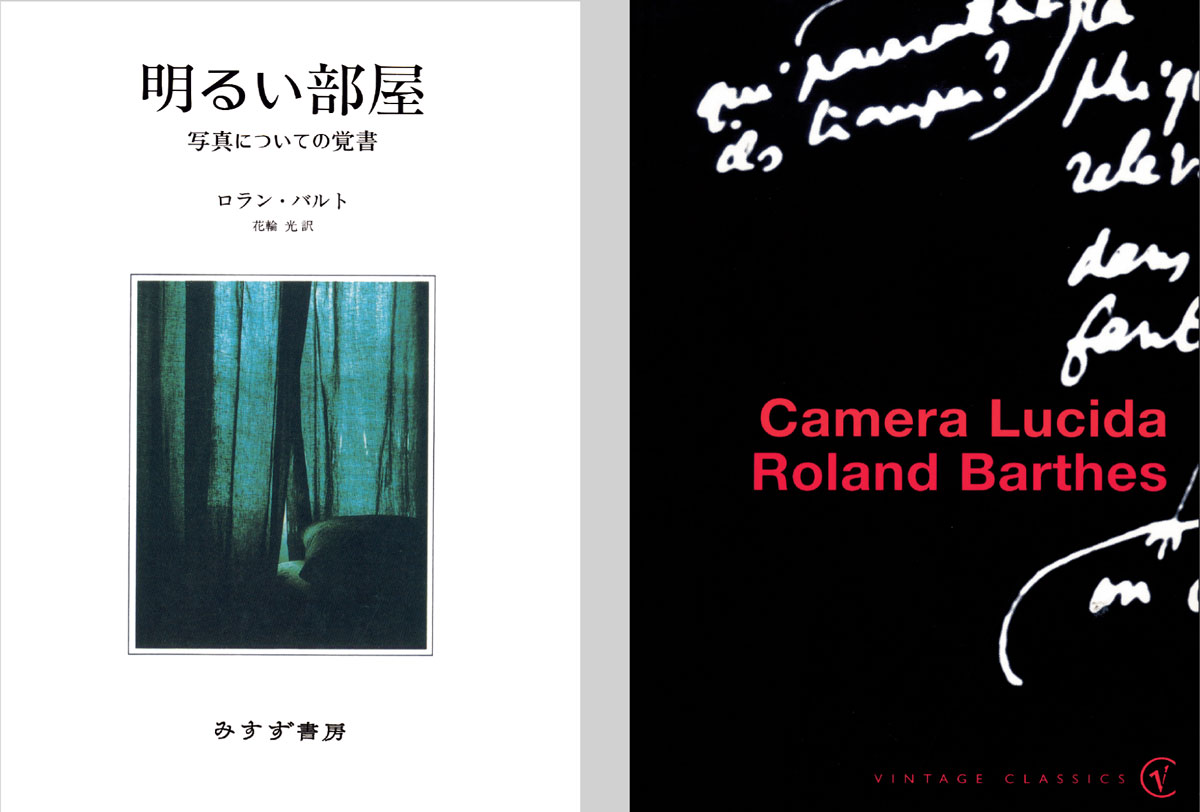
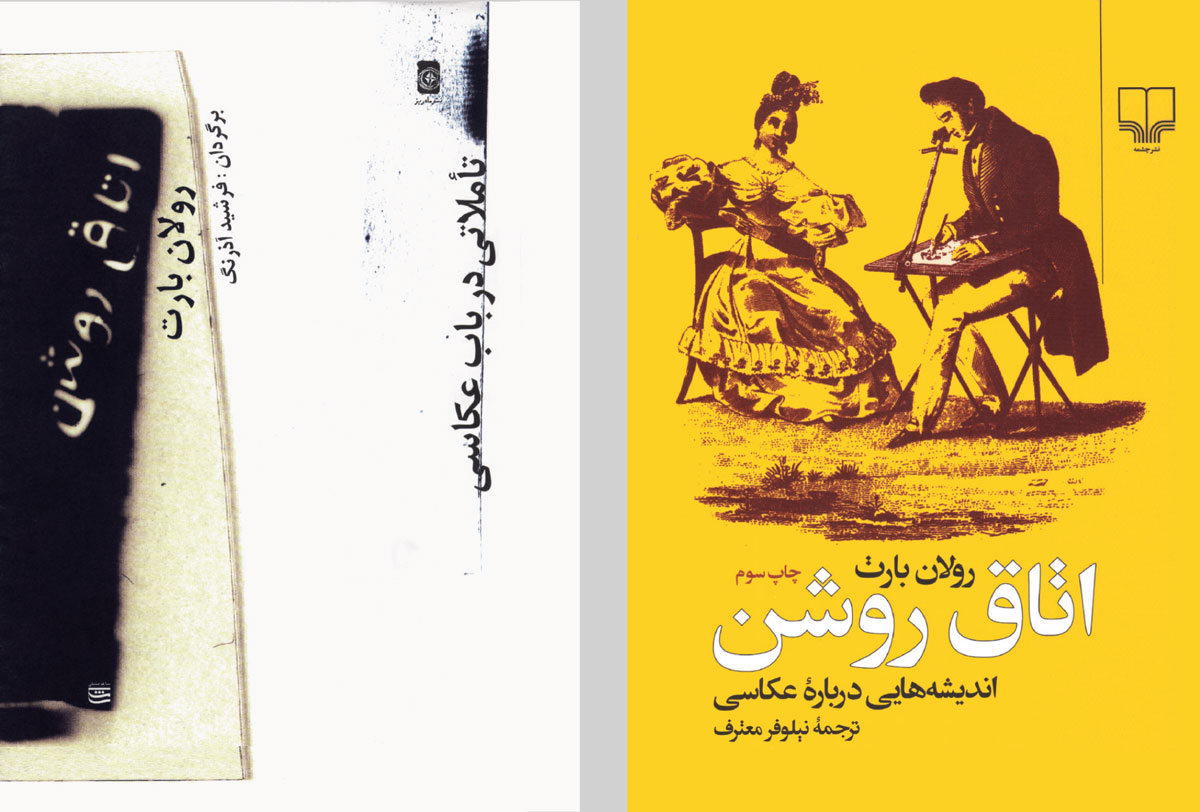
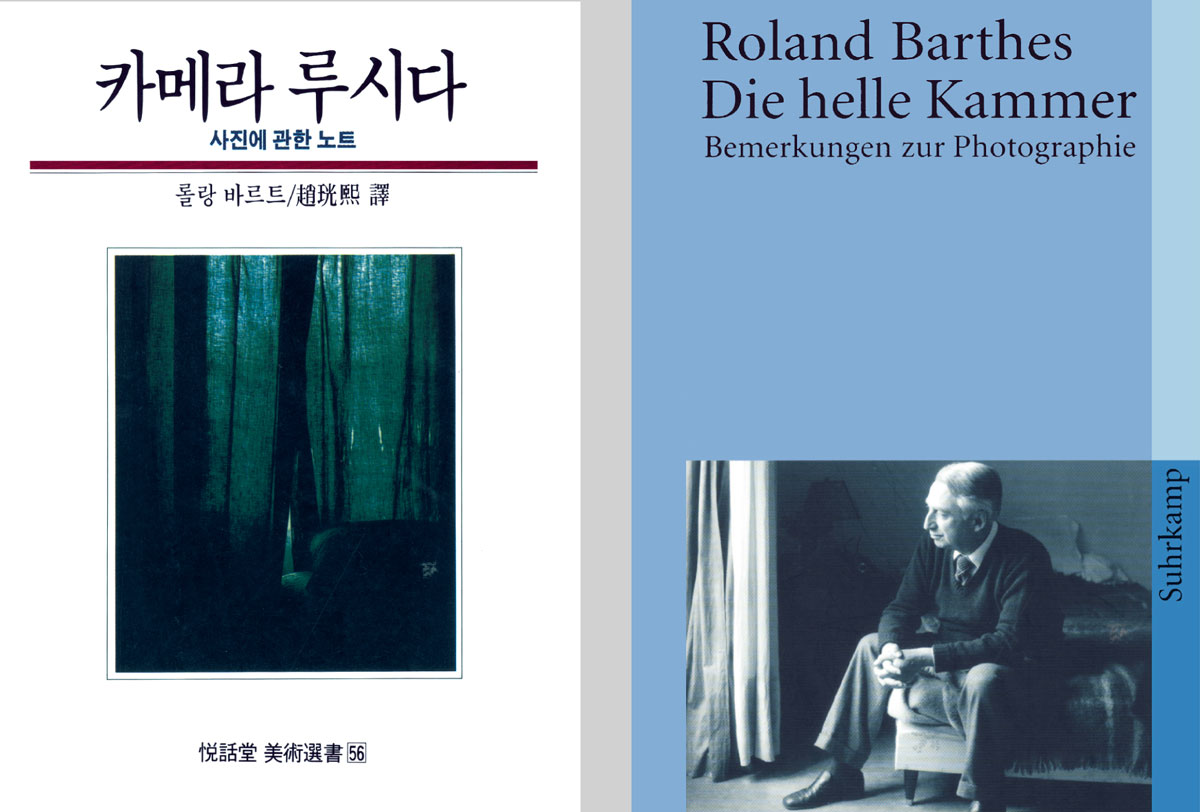
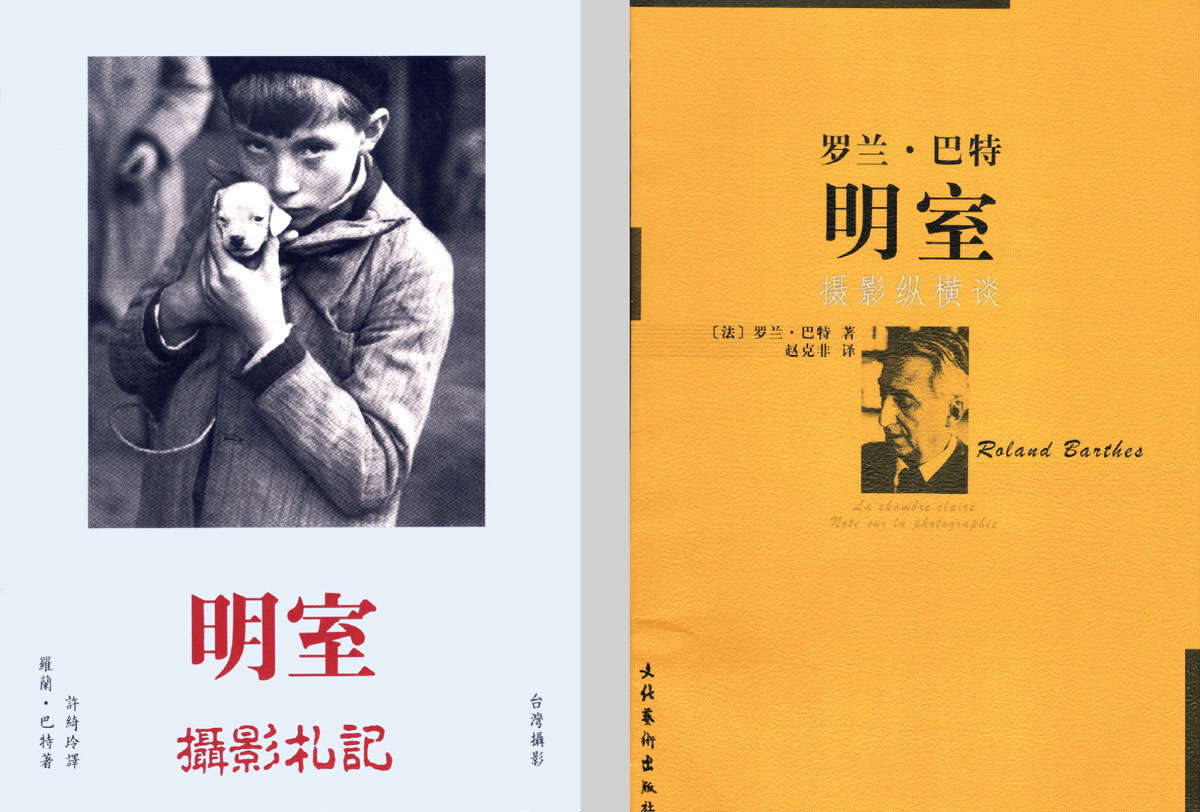
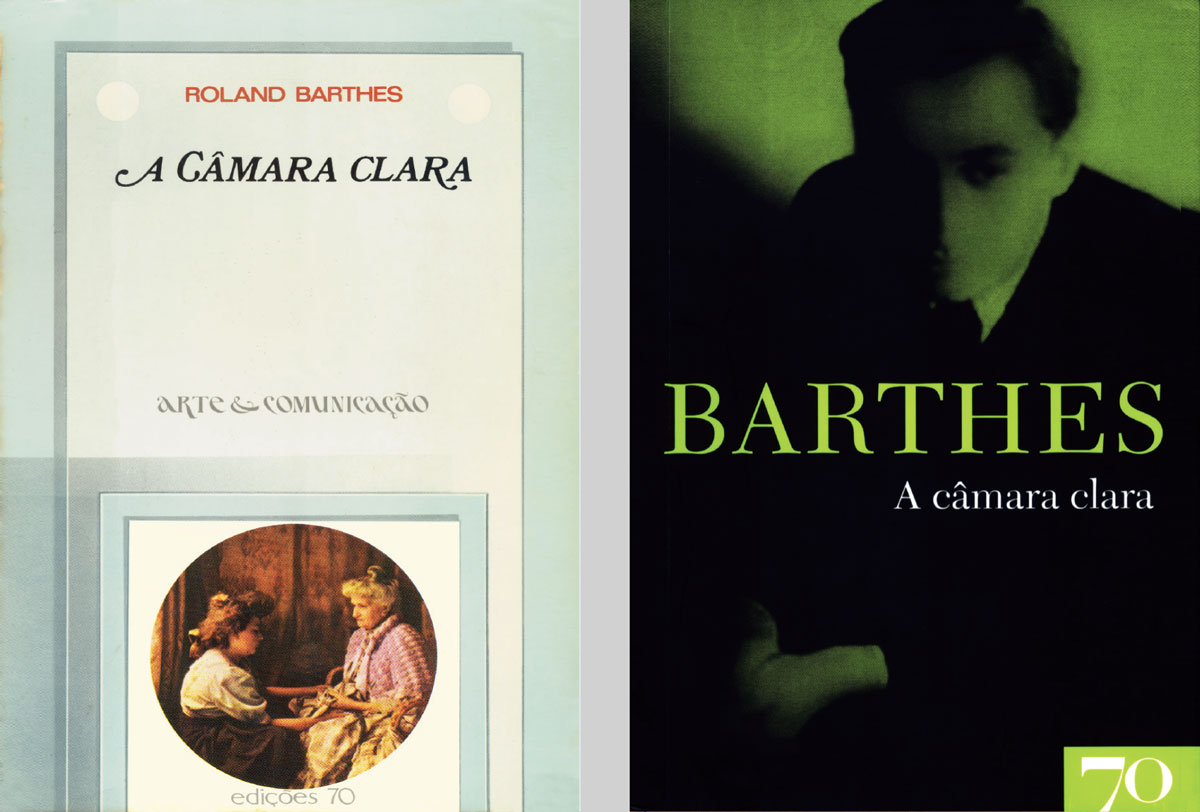
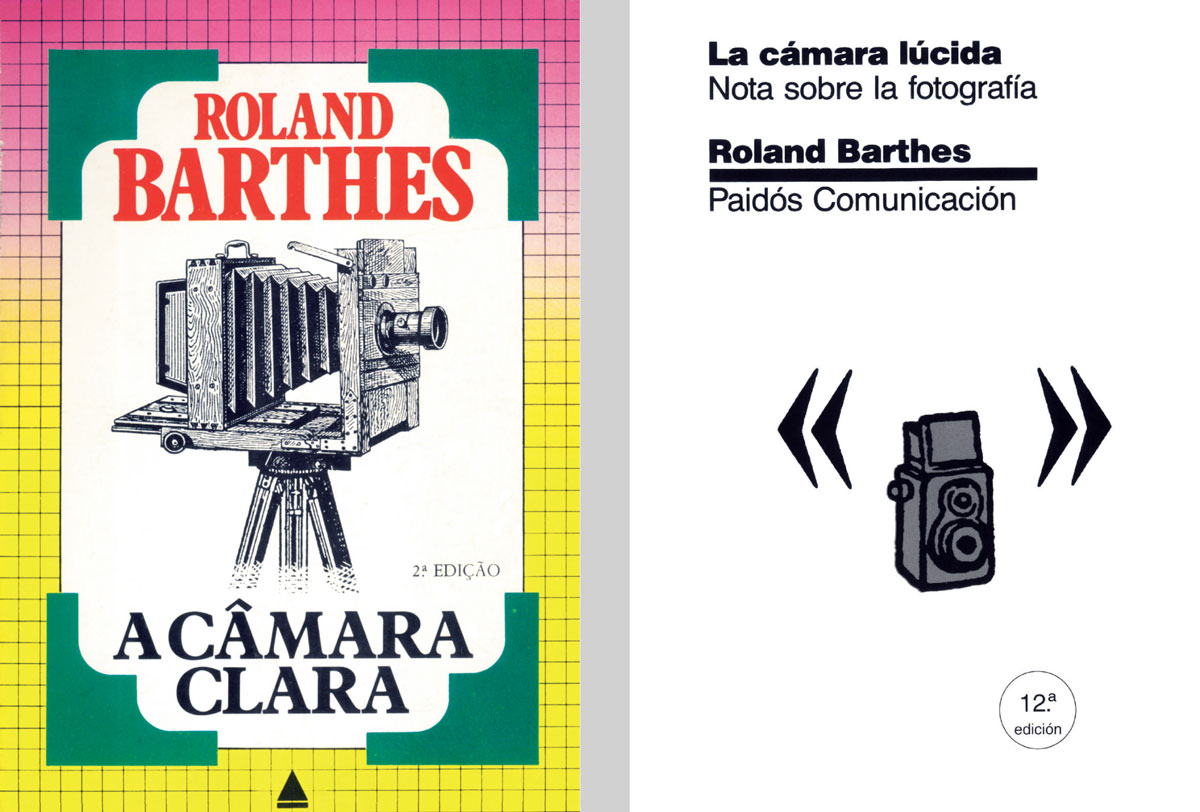
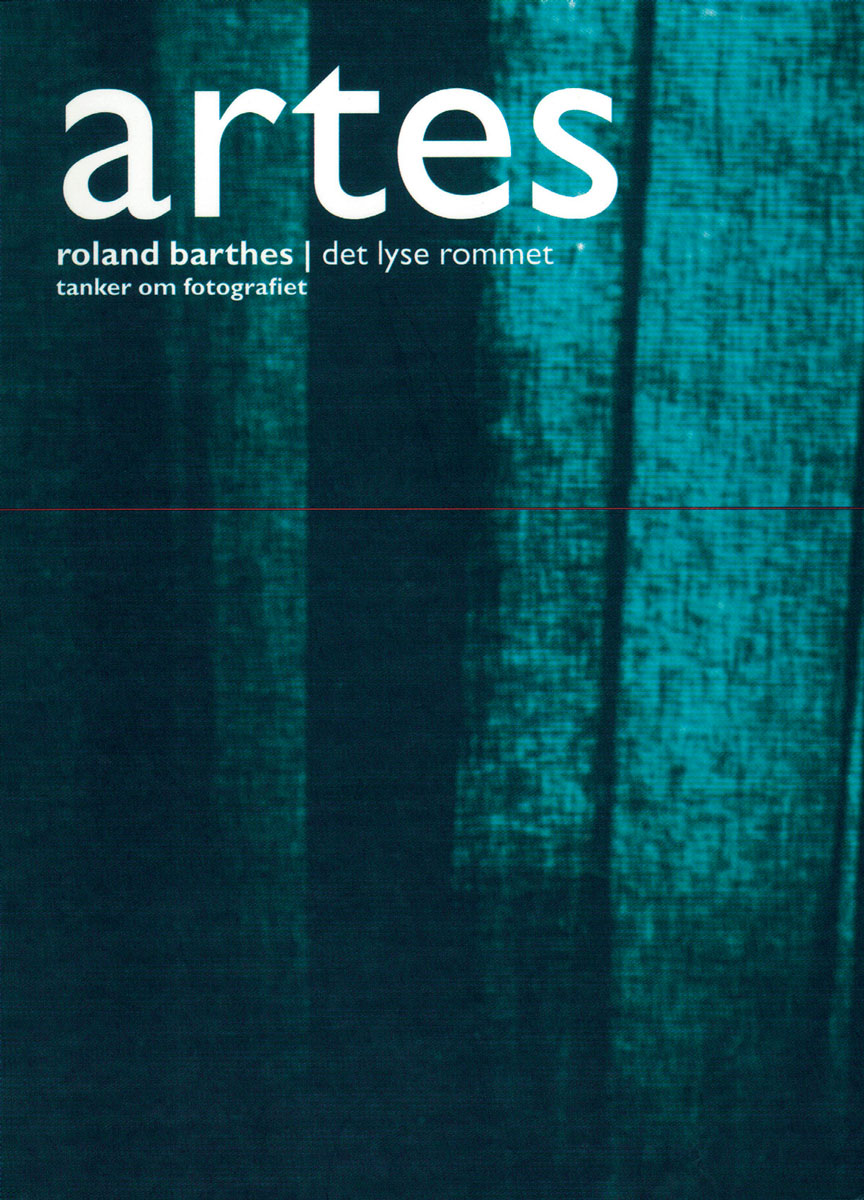
Geoffrey Batchen teaches the history of photography at the Graduate Center of the City University of New York. He is the editor of Photography Degree Zero: Reflections on Roland Barthes’s Camera Lucida (MIT Press, 2009).
Spotted an error? Email us at corrections at cabinetmagazine dot org.
If you’ve enjoyed the free articles that we offer on our site, please consider subscribing to our nonprofit magazine. You get twelve online issues and unlimited access to all our archives.